When it comes to grilling, charcoal can be a little intimidating, but if you know the proper way to light and manage the heat, you’ll be grilling like a pitmaster in no time.
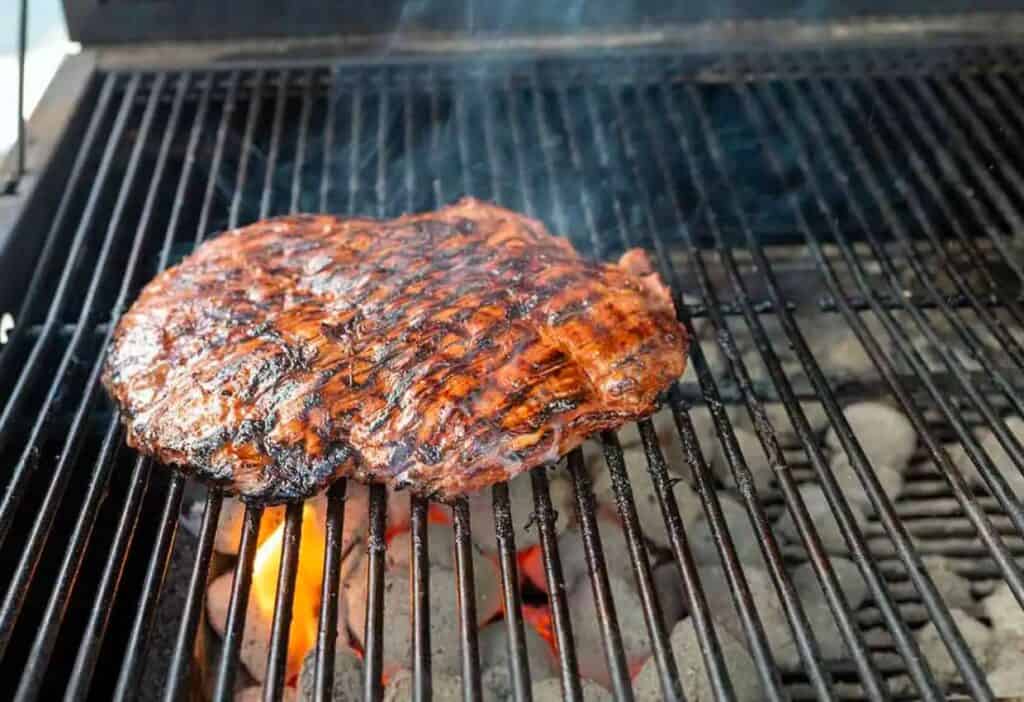
There are several different styles of grills fueled by various heat sources, including charcoal, gas, wood pellets, wood and electricity. Each source has its pros and cons.
One of the pros of grilling over charcoal is that it provides that quintessential backyard barbecue flavor that you can’t get from gas or pellet grills.
Another pro of purchasing a charcoal grill is that the grills are usually less expensive. You can find a standard kettle grill for around $100.
With a charcoal grill and these affordable cuts of meat and ultimate backyard BBQ tips, you can easily throw an epic BBQ party on a budget.
Different types of charcoal
There are two primary types of charcoal: briquets and lump.
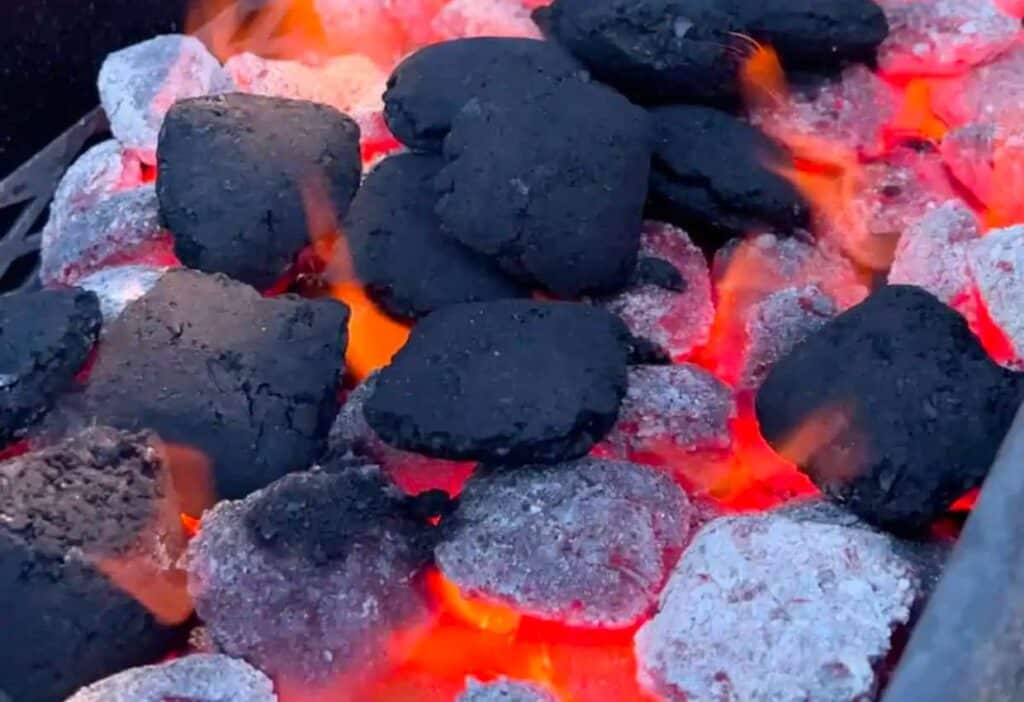
Charcoal briquets look like little black square pillows. They are made of compressed carbonized wood shavings. When choosing briquets, look for bags that are all natural and made without any binders or fillers.
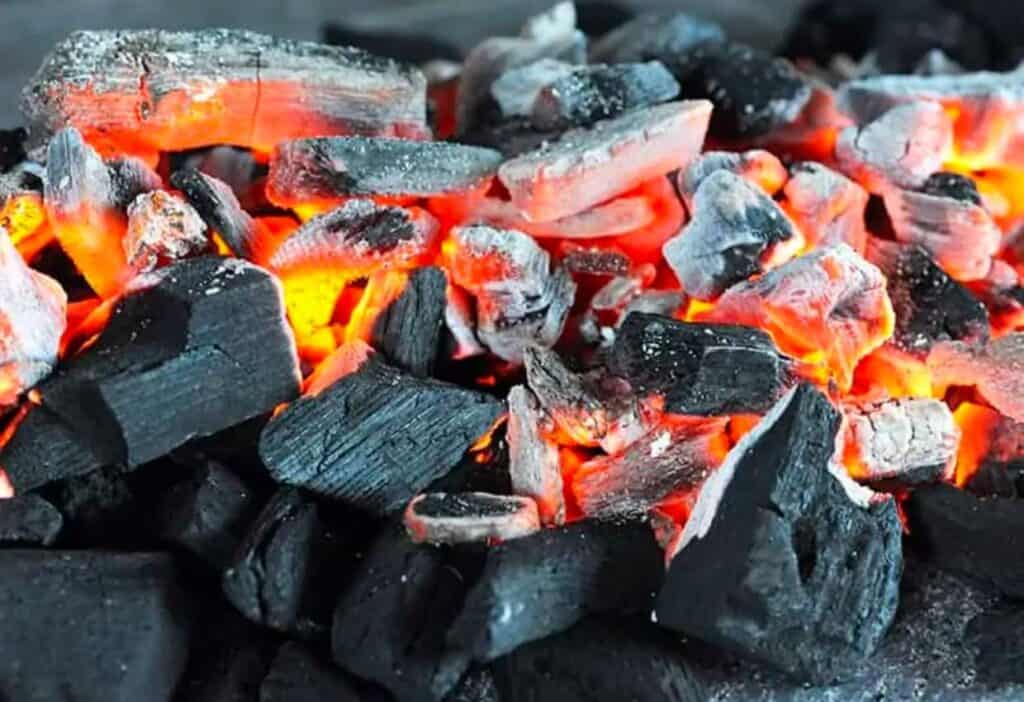
Lump charcoal is made of solid chunks of wood that have been carbonized. It can be made from any type of hardwood. If you’re looking for a certain flavor like oak or hickory, check the packaging.
Both types of charcoal create great barbecue. Briquets burn longer and at a slightly lower temperature than lump charcoal. Lump charcoal burns hotter, but produces less ash.
Filled with appetizers, salads, sides, mains and desserts, Food Drink Life's cookbook will become your favorite!
- Easy and delicious recipes from a variety of top chefs and recipe developers.
- Bright, colorful pictures on every page.
- Printer-friendly recipes that you can download instantly to your device.
- Printable shopping list and a kitchen conversion sheet.
Lighting charcoal
You do not need lighter fluid to start charcoal. Lighter fluid is a highly flammable butane liquid that is made to be squirted onto coals so they light quickly. But it has a distinct flavor. If it’s not burned off completely, it can tarnish the flavor of your barbecue.
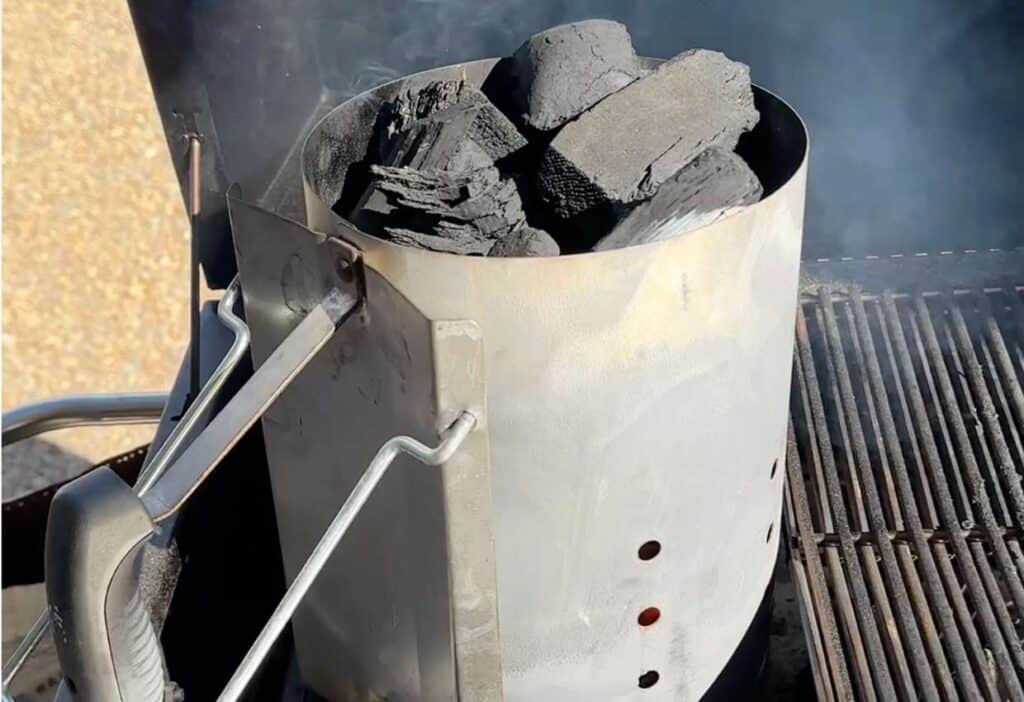
The pitmaster preferred method for lighting charcoal is to use a charcoal chimney. This is a cylindrical metal tube with a handle. It has a shelf near the bottom to allow airflow under the coals.
When the chimney is filled with charcoal and fire is introduced beneath it, the fire and oxygen funnel up and around the coals to light them.
To start the fire, you can use a lighter cube, firestarter, or crumpled newspaper or brown paper bags.
When coals begin to ash over and turn gray, dump them into the charcoal grill and add 10 to 15 more coals.
Controlling charcoal heat
Once the coals are lit and inside the grill, it’s important to adjust the vents to create the proper grill temperature.
Most grilling recipes include instructions that will either tell you to set your temperature based on words like high, medium or low, or the recipe will indicate actual temperatures.
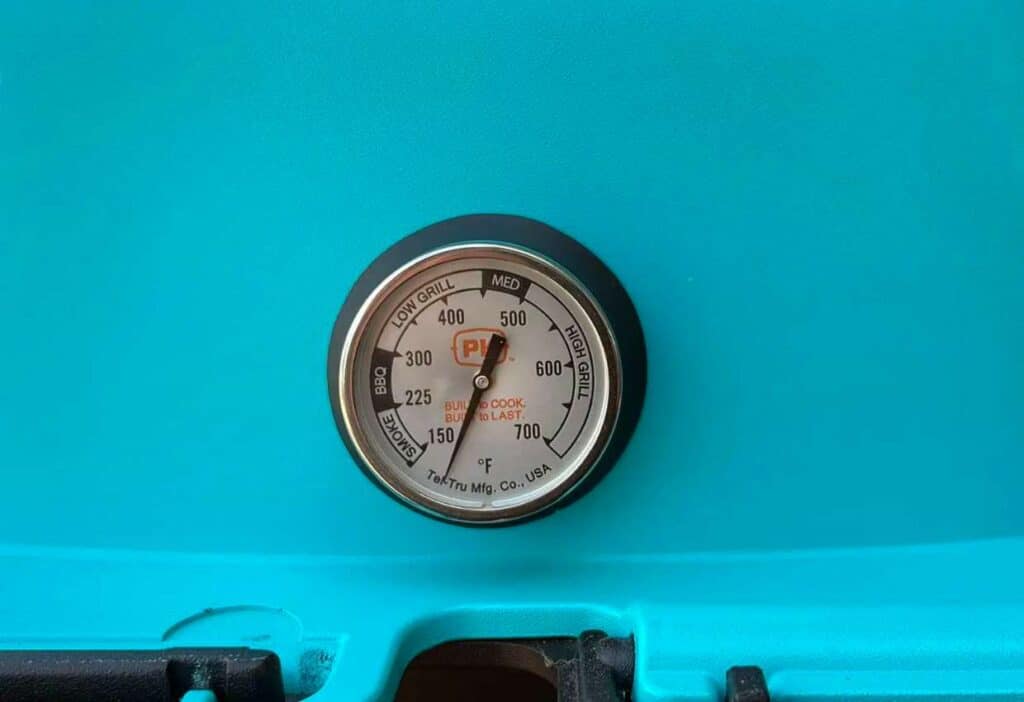
To understand the internal temperature of your grill, either install a grill thermometer into the lid or use an external thermometer with a probe that measures ambient grill temps.
Your grill should have at least two vents. The vent on the bottom is the intake, this is how oxygen flows into the grill to feed the fire.
The vent on the top is the exhaust. This pulls the air out of the grill. Both need to be open for proper airflow and circulation.
When the vents are open wide, more oxygen enters the grill and feeds the fire, increasing the grill temperature. To lower the grill temperature, reduce the vent hole openings.
Direct vs. indirect heat
When setting up a charcoal grill, using the two-zone grilling method is a pitmaster secret to success.
The two zones are direct heat and indirect heat.
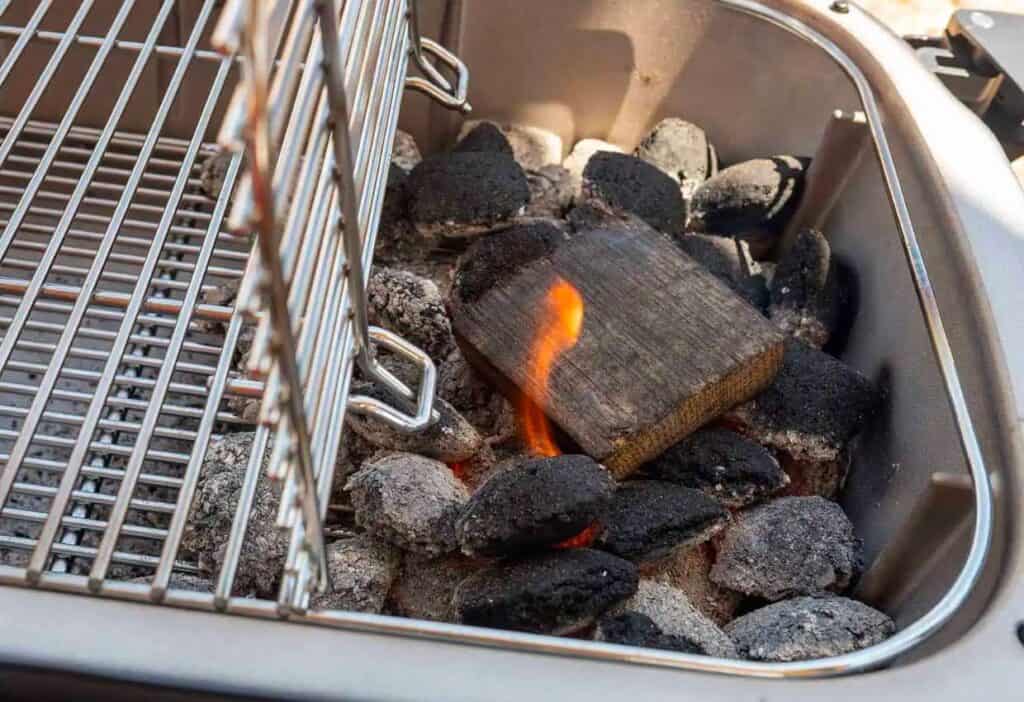
The direct heat zone is when your coals are directly under the grill grate. This is a standard setup that’s used for cooking foods hot and fast like hamburgers and hot dogs.
Some foods cook better at lower temperatures, which is when the indirect zone comes in handy.
To create an indirect heat zone, push the coals to one side of the grill. Now, the side with the coals is the direct heat zone. The side without coals under the grate is the indirect heat zone.
The indirect heat zone is also ideal if you want to turn your charcoal grill into a smoker.
Place the food over the indirect heat, adjust your vents, add a wood chunk or two and now you can make smoked brisket without having to invest in an expensive smoker.
Shutting down a charcoal grill
Once you’re done cooking on your charcoal grill, close down all the vents to suffocate the oxygen and extinguish the fire.
If you cook on charcoal a lot, consider getting an aluminum can just for ash disposal.
Otherwise, it’s imperative that you allow the coals to cool completely before discarding them with your other trash.
Don’t forget to clean your grill between cooks, so it will be ready for your next barbecue party.
